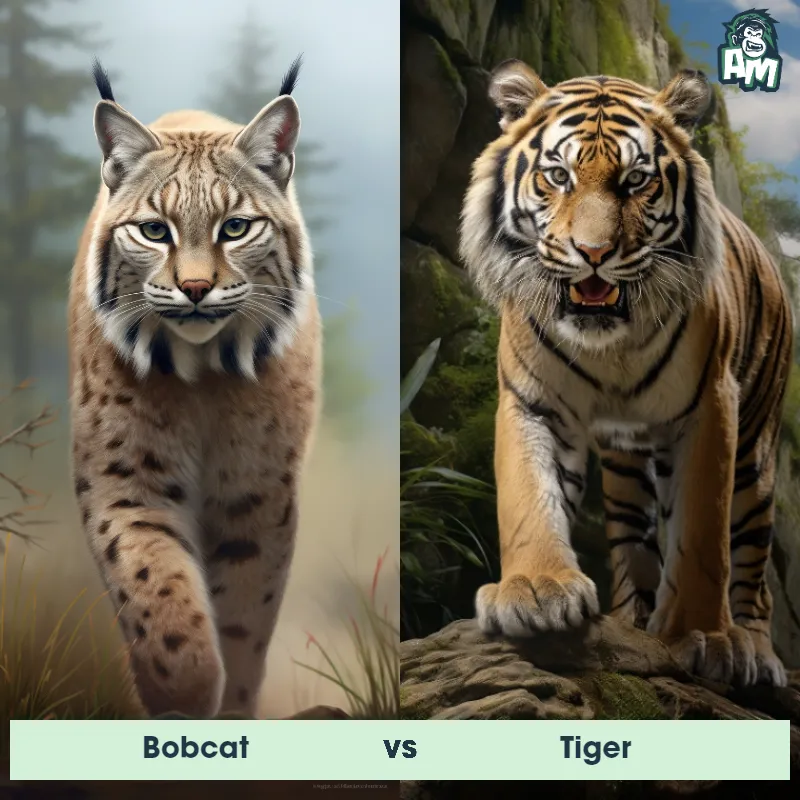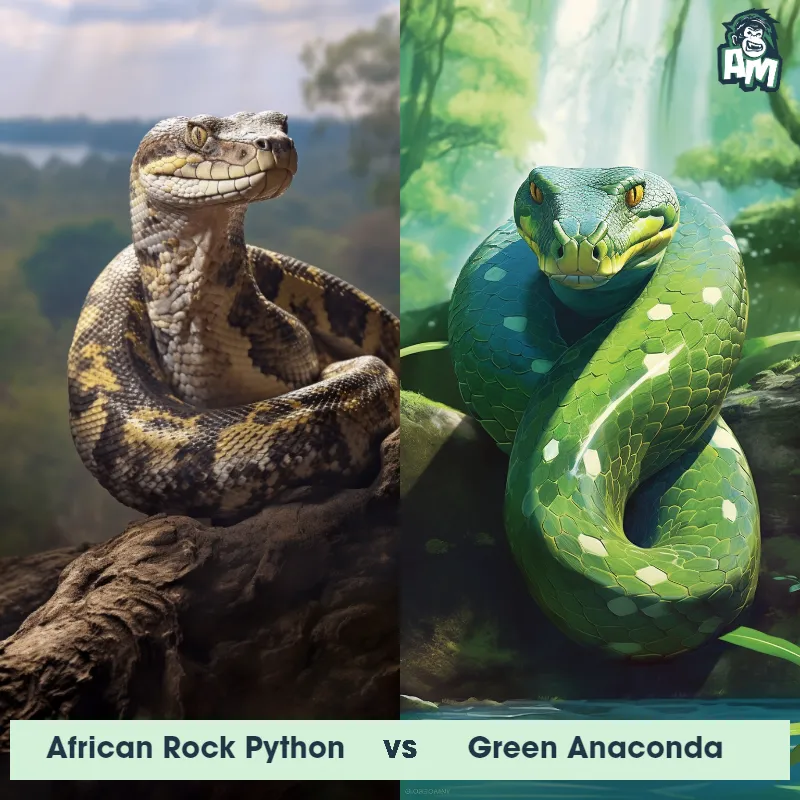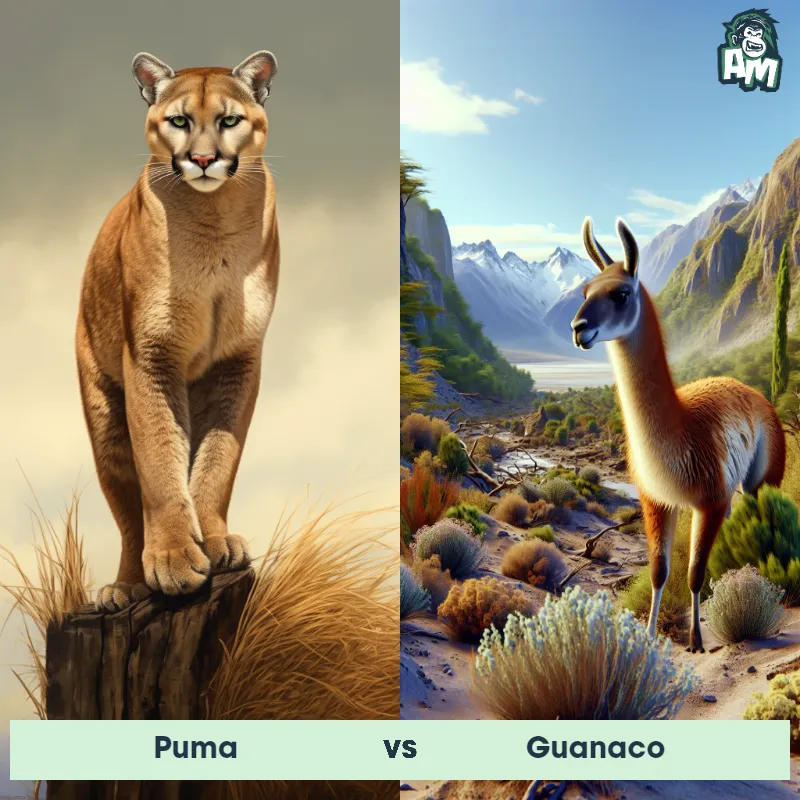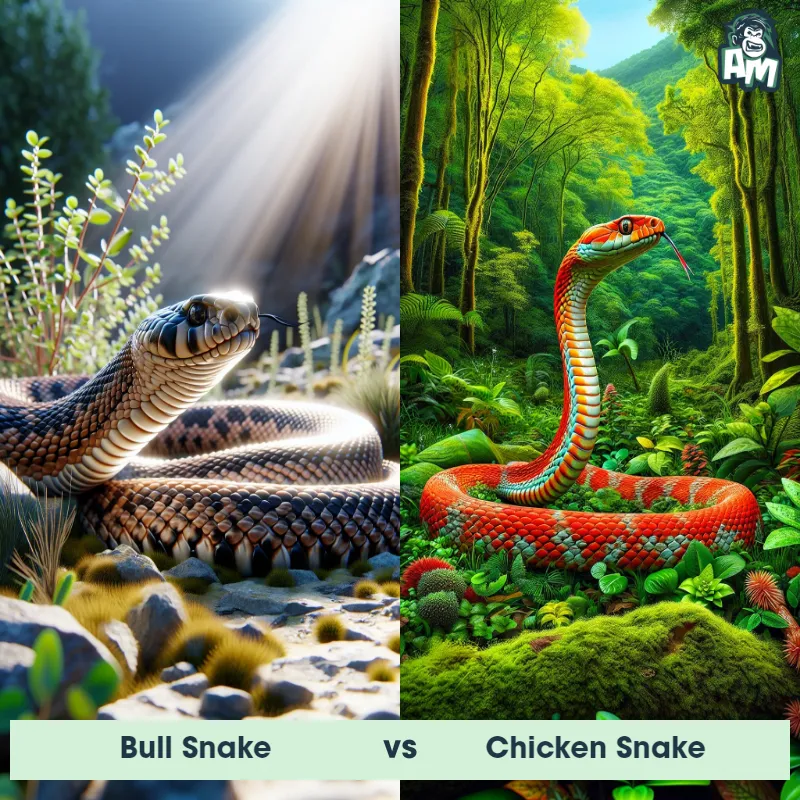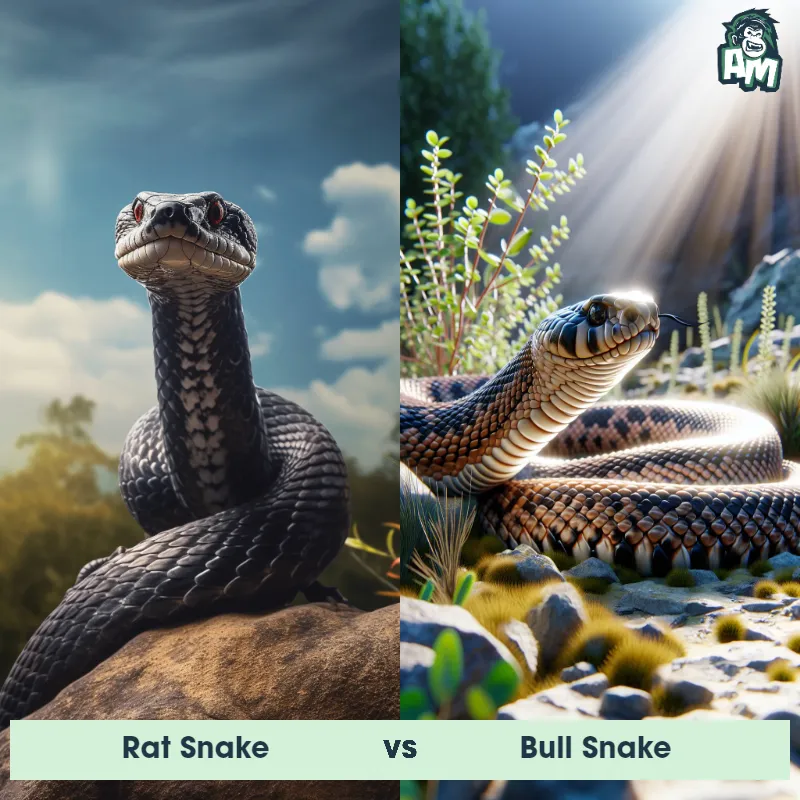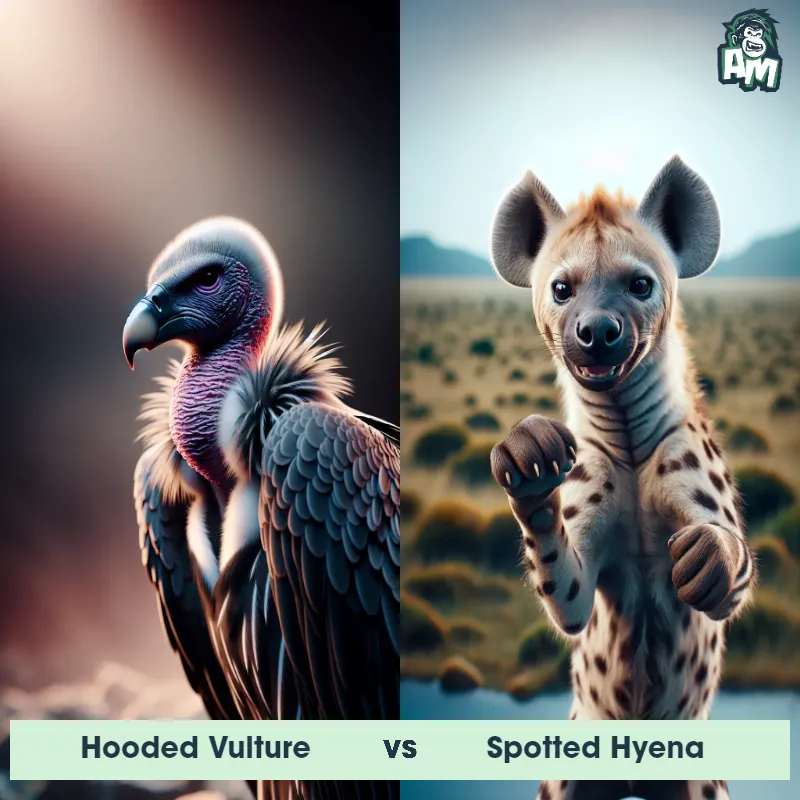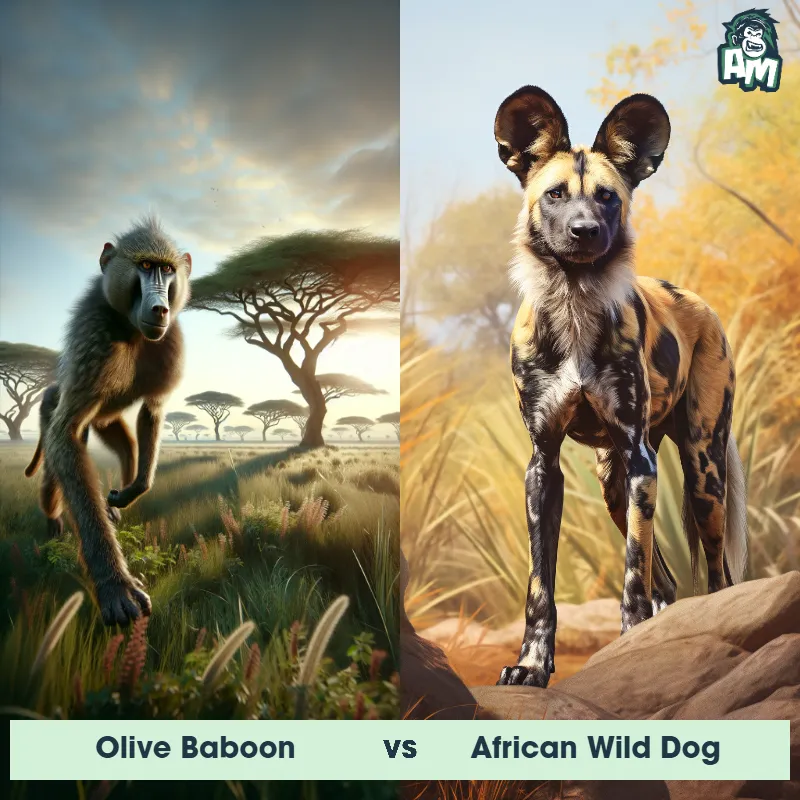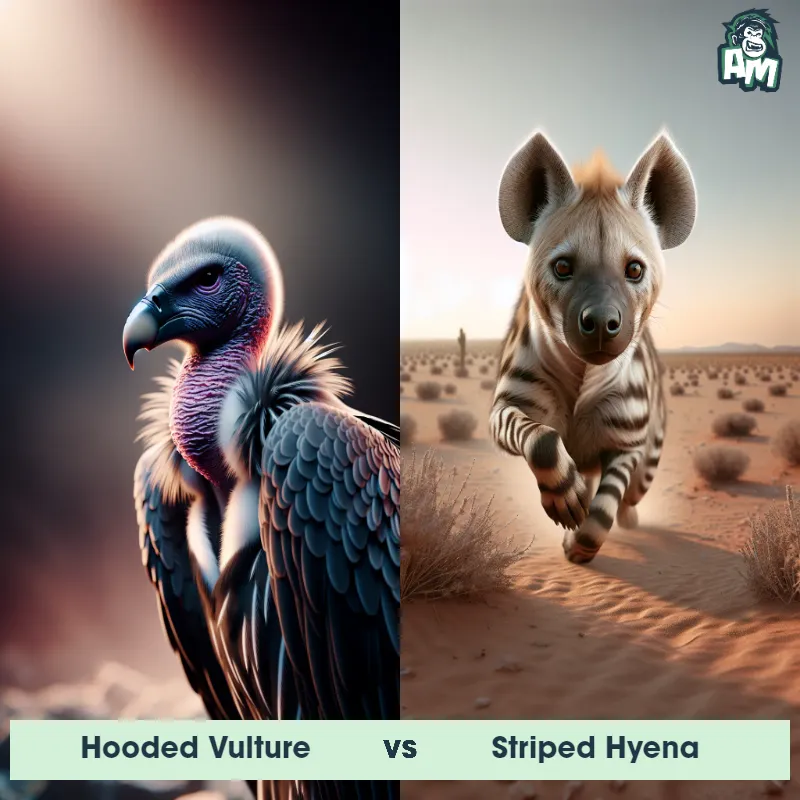Human vs LeopardSee Who Wins
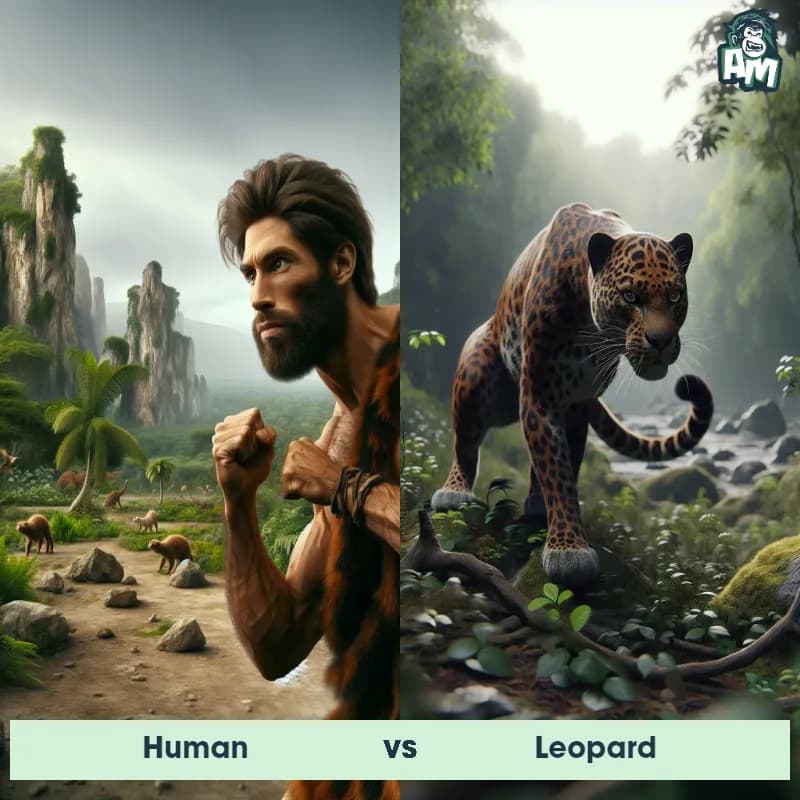
Welcome ladies and gentlemen to this intense matchup between a human and a leopard. Both competitors are fierce and agile, ready to showcase their skills in this three-round fight. Let's see who will come out on top in this epic battle!
Contender 1: Human
The human, Homo sapiens, is a highly intelligent and social primate species. They are characterized by their upright posture, opposable thumbs, and relatively hairless bodies compared to other mammals. Humans have complex brains that enable them to think, reason, and communicate through language. They possess a wide range of physical variations in height, weight, and skin color due to genetic diversity. Humans are known for their adaptability and capacity to use tools, which has allowed them to thrive in a variety of environments across the globe.
![[object Object] Gif](https://tenor.com/view/hungry-caveman-muppetwiki-muppet-wiki-jim-henson-gif-11005515308056547982.gif)
Fun Fact: Humans are the only known species capable of abstract thinking, allowing them to conceptualize ideas and think in terms of concepts that do not have a physical presence.
Contender 2: Leopard
The Leopard is a large and powerful carnivorous mammal that is known for its distinctive coat pattern consisting of rosette-like spots. It has a slender body, muscular limbs, and a long tail, enabling it to be agile and swift. Leopards are primarily nocturnal creatures, preferring to hunt during the cover of darkness. They are highly adaptable and can thrive in a variety of habitats, ranging from dense forests to open grasslands. With exceptional climbing skills, they are capable of dragging their prey up trees to keep it safe from other predators.
Fun Fact: Leopards are incredibly strong and possess immense agility, as they are capable of leaping horizontally up to 6 meters and vertically up to 3 meters, allowing them to ambush their prey from above with precision.
Matchup Stats
| Human | Leopard | |
|---|---|---|
| Size | Average height of 5 feet 7 inches (170 cm) | 24-28 inches (60-71 cm) at the shoulder; 5-6 feet (1.5-1.8 meters) in length |
| Weight | Average weight of 154 pounds (70 kg) | 80-160 pounds (36-73 kilograms) |
| Speed | 27.8 mph (44.7 km/h) | 36-37mph (58-60km/h) |
| Key Strength | Intelligence and ability to strategize | Powerful jaw and sharp claws |
| Biggest Weakness | Lack of physical strength compared to some animals | Less endurance compared to some other big cats |
Current Votes
Human vs Leopard
See Who Wins
View More Matches
Looking For More?
Similar Matches
Scientific Stats
| Human | Leopard | |
|---|---|---|
| Scientific Name | Homo sapiens | Panthera pardus |
| Family | Hominidae | Felidae |
| Habitat | Diverse habitats, including forests, grasslands, deserts, and urban areas | Variety of habitats including forests, grasslands, and mountains |
| Geography | Found on all continents | Africa, parts of Asia |
| Diet | Omnivorous, with a preference for cooked food | Carnivorous, preys on various animals including ungulates, small mammals, birds, and reptiles |
| Lifespan | 70 years - 90 years | 12 years - 17 years |
Key Differences between Human and Leopard
- Facial features: Leopards have a more rounded face with distinct whisker spots and short rounded ears, while humans have a flatter face with no whisker spots and protruding ears.
- Tail: Leopards have a long, thick tail with black rings and a white tip, while humans have a much shorter, hairless tail.
- Locomotion: Leopards are agile climbers and swimmers, with retractable claws to aid in climbing, whereas humans are primarily bipedal and lack sharp claws.
- Coloration: Humans have a wide range of skin tones, whereas leopards have a distinctive golden-yellow coat with black spots and rosettes.
- Communication: Leopards communicate through vocalizations such as growls and roars, as well as body language, while humans rely heavily on verbal and nonverbal communication.
- Size: Humans are generally much larger than leopards, with adult males averaging around 5.7 feet tall compared to the leopard's average height of 2-3 feet.




